
Starbucks: Premium Brand Positioning Rooted in Experience and Culture
Starbucks has established a brand positioning strategy centered on premium coffee, an upscale experience, and a strong sense of community. Its positioning aims to deliver more than just coffee—it offers a lifestyle. Store interiors are designed with modern aesthetics, soft lighting, and ambient music, all of which contribute to an inviting and culturally rich environment.
This experiential focus enhances Starbucks’ identity as a refined, thoughtful brand. Its commitment to sustainability—such as using reusable cups and minimizing plastic waste—aligns with consumer values and reinforces its brand positioning as socially and environmentally conscious.
McDonald’s: Mass-Market Brand Positioning for Convenience and Affordability
In contrast, McDonald’s employs a brand positioning strategy that emphasizes accessibility, speed, and affordability. The brand has built its reputation on delivering consistent fast-food experiences worldwide. McDonald’s stores are optimized for quick service and family-friendly environments, and its golden arches are instantly recognized across cultures.
Its brand positioning appeals to time-conscious consumers seeking convenience without sacrificing familiarity or cost. Over time, McDonald’s has also made moves to enhance its corporate image, introducing healthier menu items and adopting more eco-friendly packaging—efforts that support a more responsible and evolving brand identity.
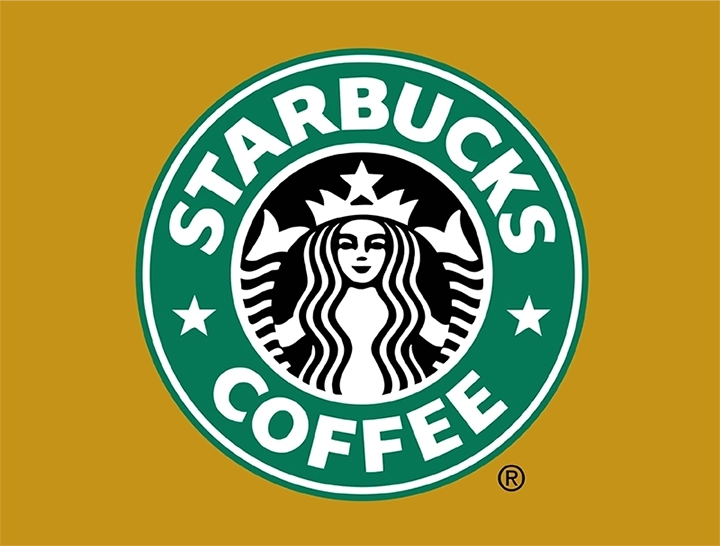
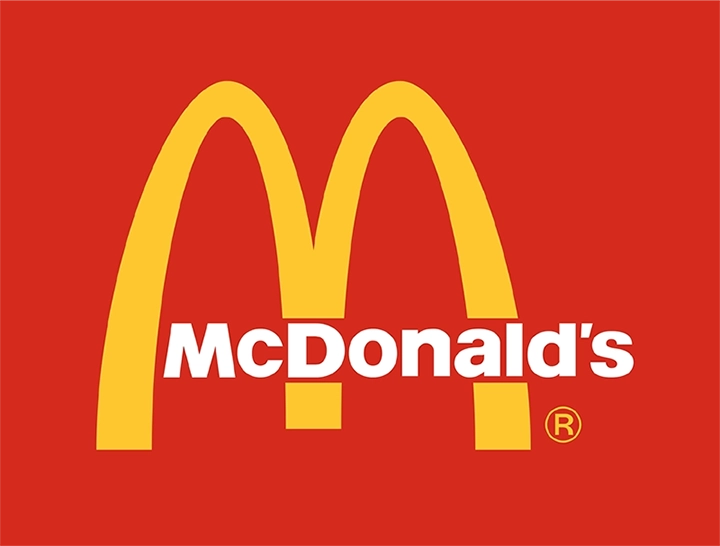
Spatial Atmosphere Aligned with Brand Positioning
Starbucks: Cultivating a Premium Coffeehouse Experience
The brand positioning of Starbucks is evident in its physical and emotional ambiance. It presents itself as a “third place” between home and work—an inviting space for reading, relaxing, or connecting with others. This lifestyle-driven strategy attracts consumers who value comfort, quality, and individuality.
McDonald’s: Fast and Familiar Convenience
McDonald’s, on the other hand, cultivates an approachable and casual environment. Its layout and service design support quick decision-making and fast turnover, which is central to its brand positioning. McDonald’s appeals to a broader, more price-sensitive audience, including families, children, and younger consumers.
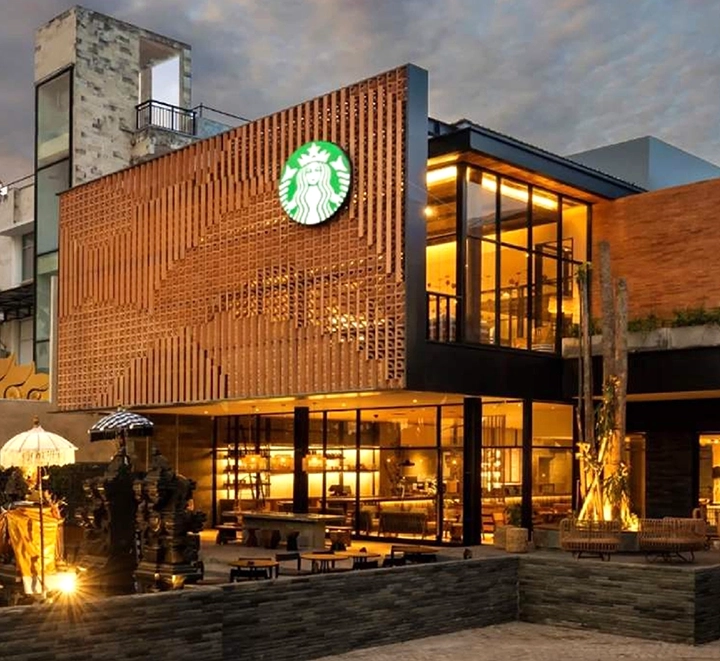
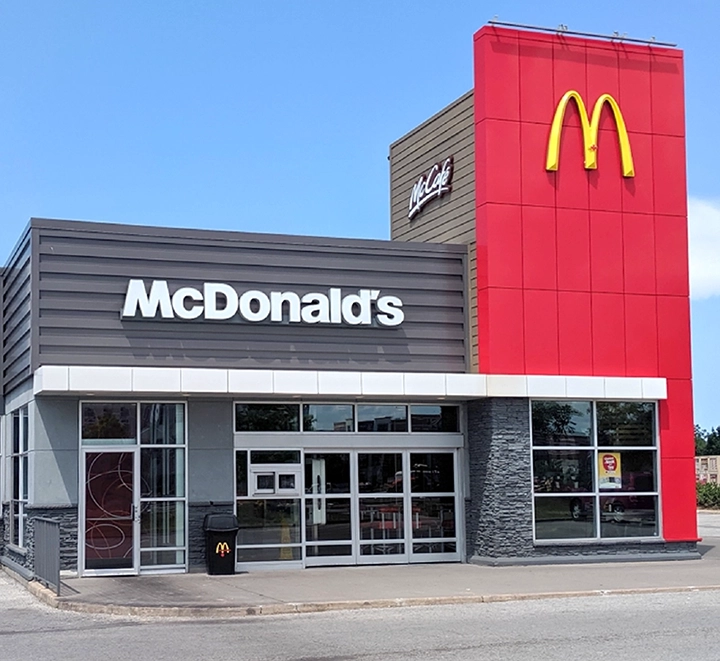
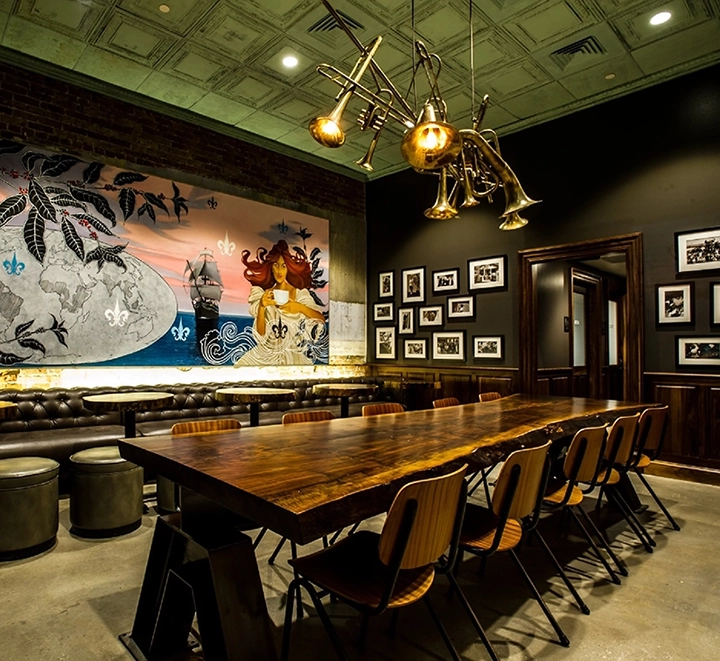
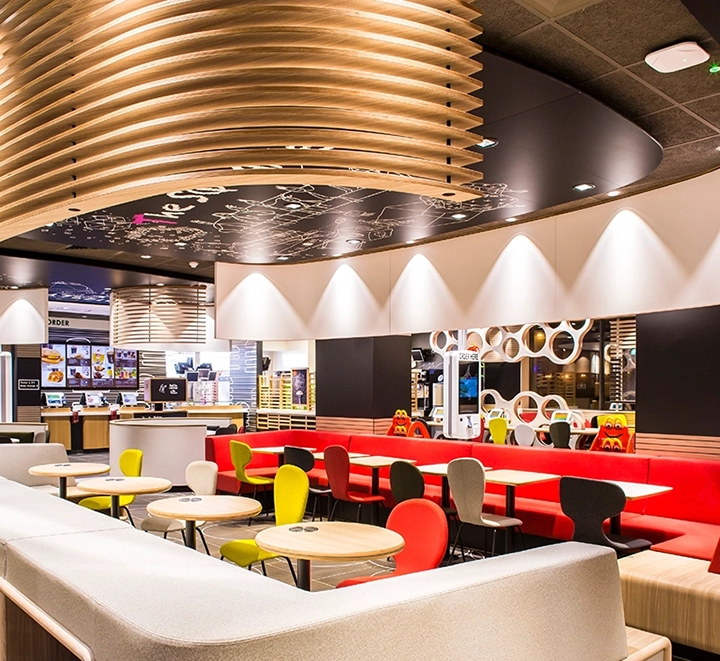
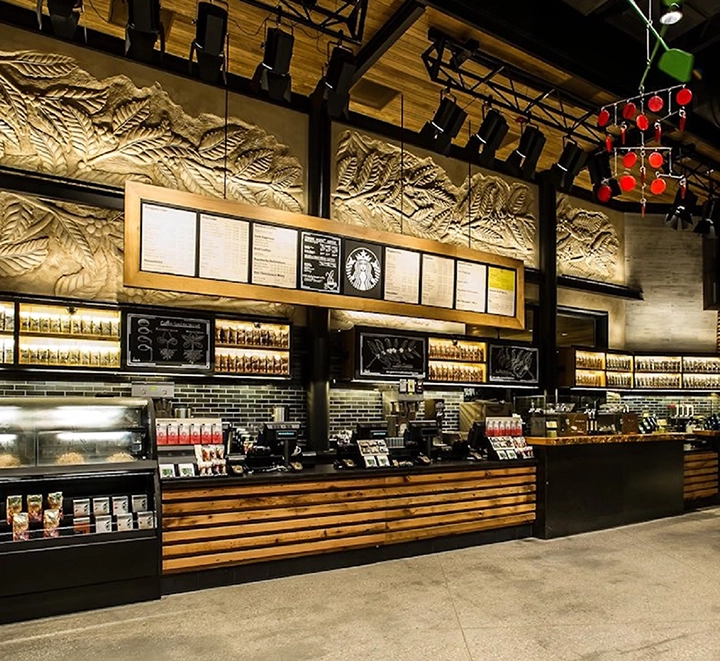
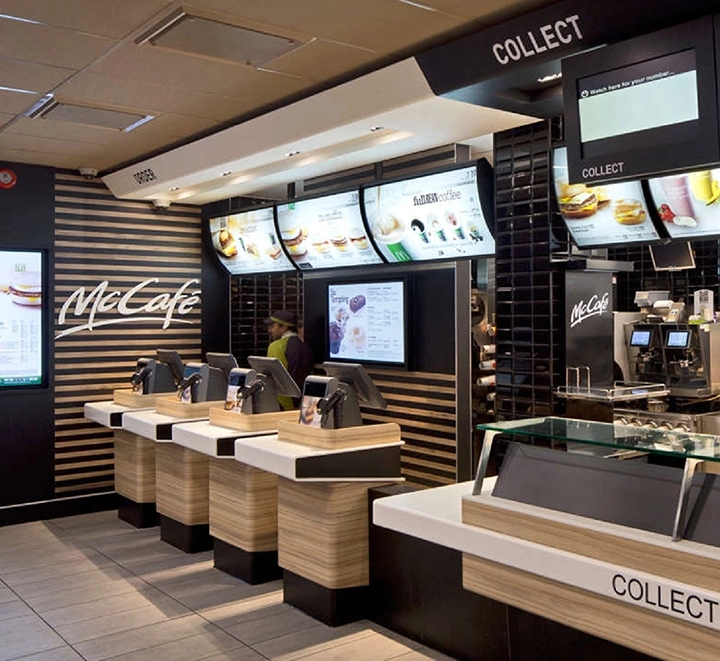
Products and Services Aligned with Brand Positioning
Starbucks: Personalized, Premium Offerings
From handcrafted lattes to pour-over brews, Starbucks’ extensive menu reflects a brand positioning focused on variety, customization, and quality. Its service model emphasizes personalization—baristas often address customers by name, creating a sense of recognition and warmth.
McDonald’s: Classic, Efficient Fast Food
McDonald’s brand strategy revolves around delivering fast, affordable meals. Its core menu—burgers, fries, and milkshakes—embodies simplicity and speed. Seasonal and regional variations keep the offerings fresh, supporting its brand positioning as a responsive and evolving quick-service brand.
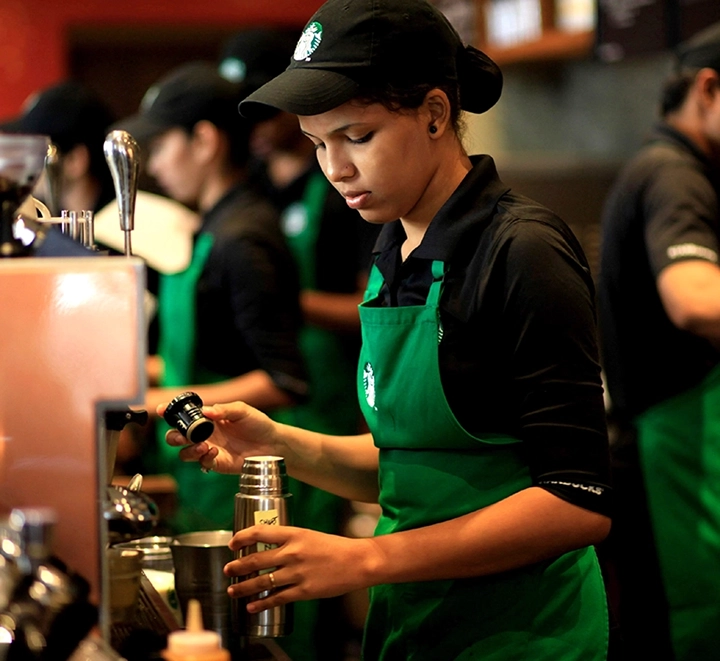
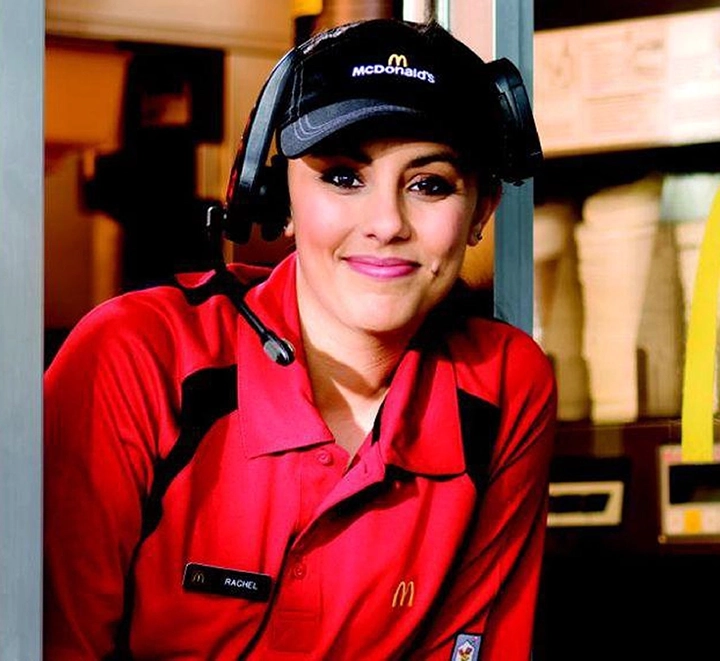
Packaging Design Aligned with Brand Positioning
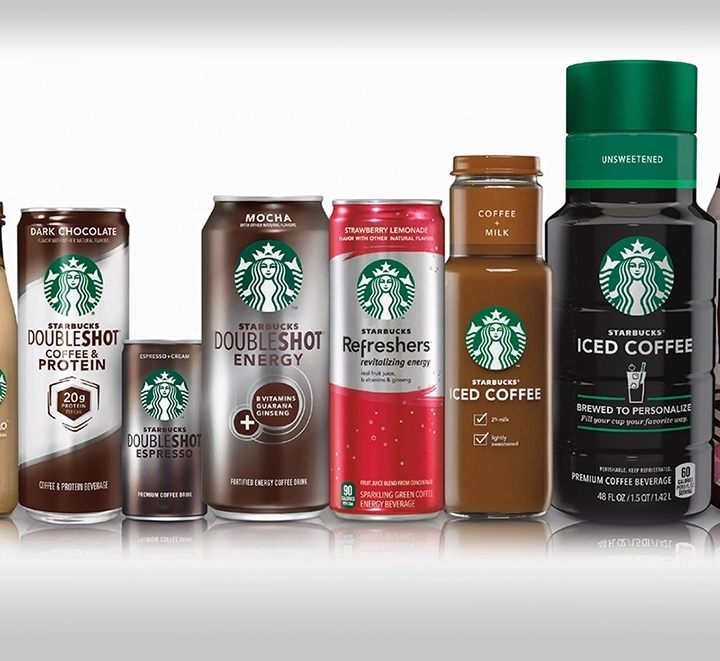
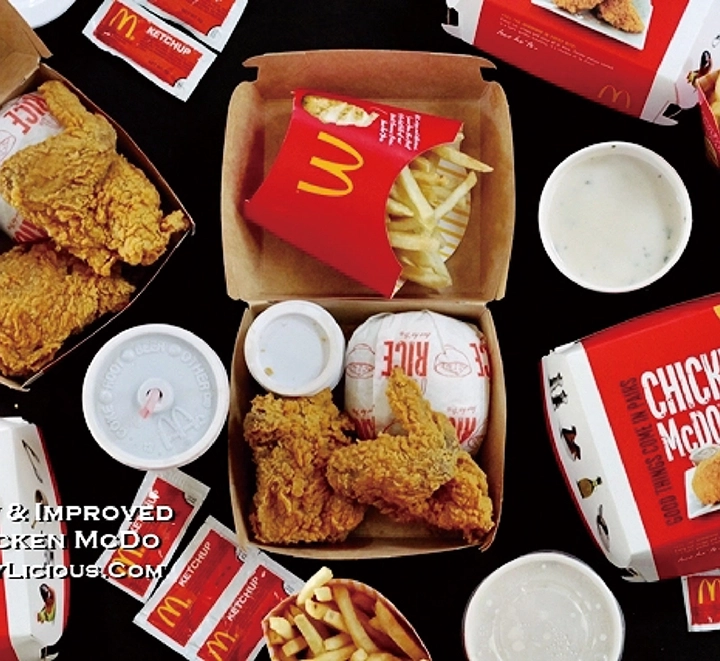
Advertising Design Aligned with Brand Positioning
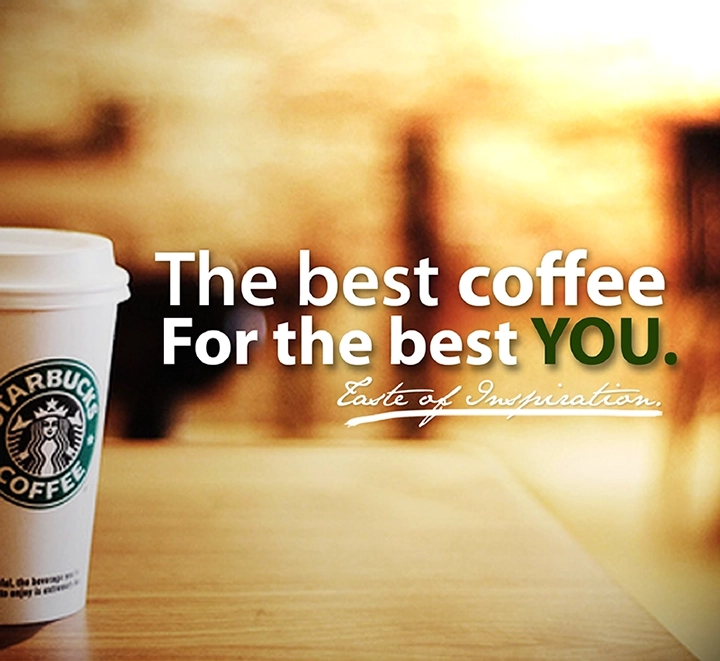
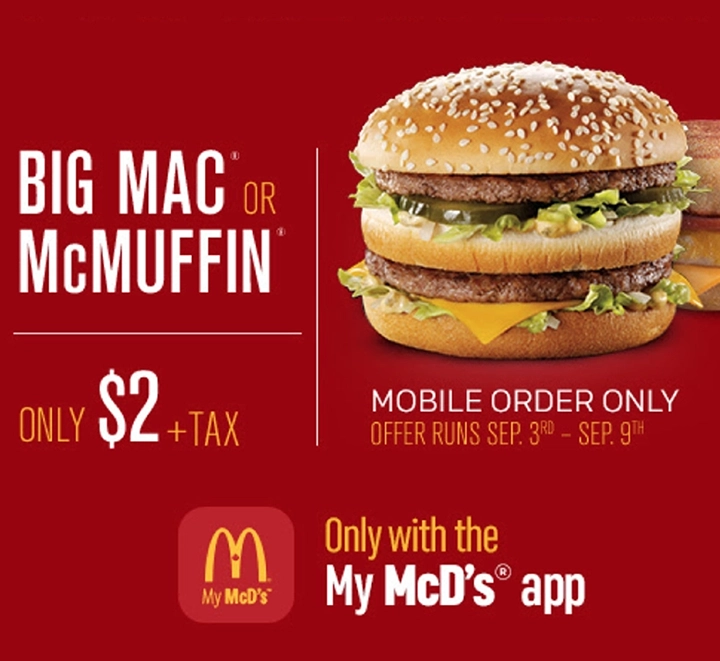
Website Design Aligned with Brand Positioning
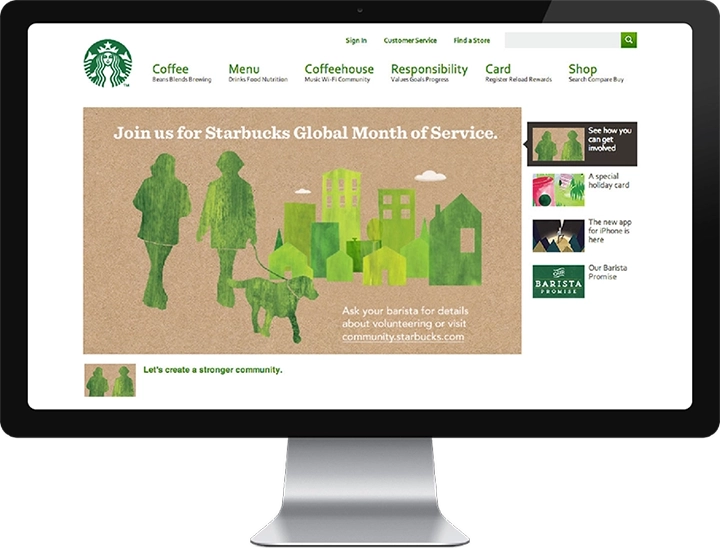
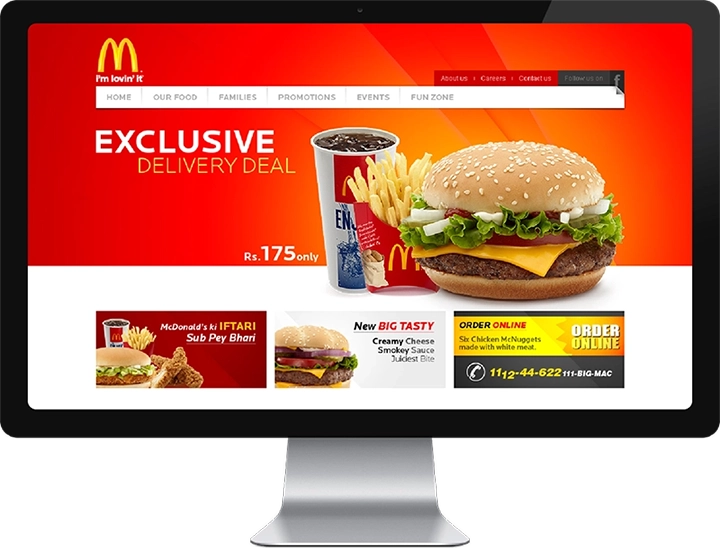
Brand Positioning and Social Responsibility
Starbucks: Ethical and Purpose-Driven
Social and environmental responsibility is a core pillar of Starbucks’ brand positioning. The company sources Fair Trade coffee, supports ethical farming practices, and invests in community programs. These initiatives reinforce its image as a purpose-driven brand that resonates with ethically minded consumers.
McDonald’s: Incremental Progress Toward Sustainability
While traditionally seen as a fast-food giant, McDonald’s has increasingly embraced corporate responsibility as part of its brand positioning. It has cut down on artificial ingredients, improved nutrition labeling, and launched charity programs—enhancing its credibility among health-conscious and socially aware customers.
Conclusion: The Power of Brand Positioning in Market Differentiation
The success of Starbucks and McDonald’s underscores the importance of clear, consistent, and audience-aligned brand positioning.
- Starbucks appeals to consumers seeking high-quality experiences, ethical values, and a premium lifestyle.
- McDonald’s targets a broader market with speed, value, and global familiarity.
These distinct brand positioning strategies have enabled both brands to lead in their respective categories by meeting different consumer needs. Whether aiming for exclusivity or mass accessibility, effective brand positioning remains a cornerstone of long-term brand success.
If you would like to learn more about brand design, feel free to contact us for the following services: Taichung Brand Design Company, Taichung Logo Design Company, Taichung Website Design Company, Taichung Web Design Company, Taichung Graphic Design Company, Taichung Visual Design Company, Taichung Advertising Design Company, Taichung Catalog Design Company, Taichung Packaging Design Company, Taichung Commercial Photography Company, Taichung Video Production Company, Taichung CI Design Company